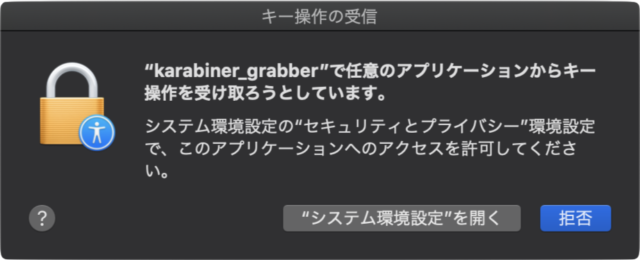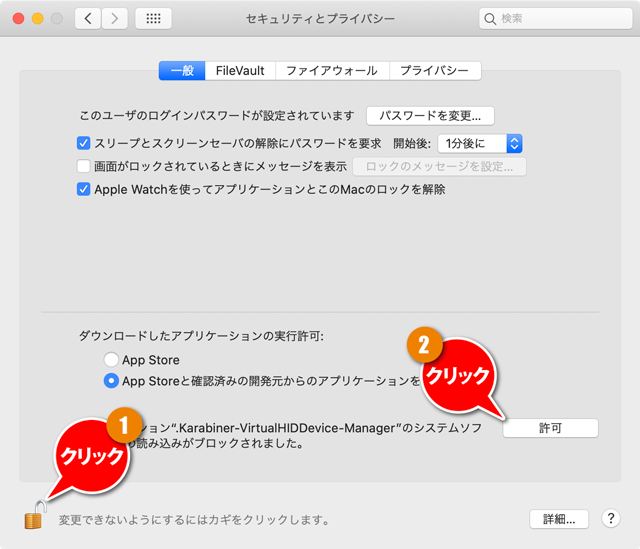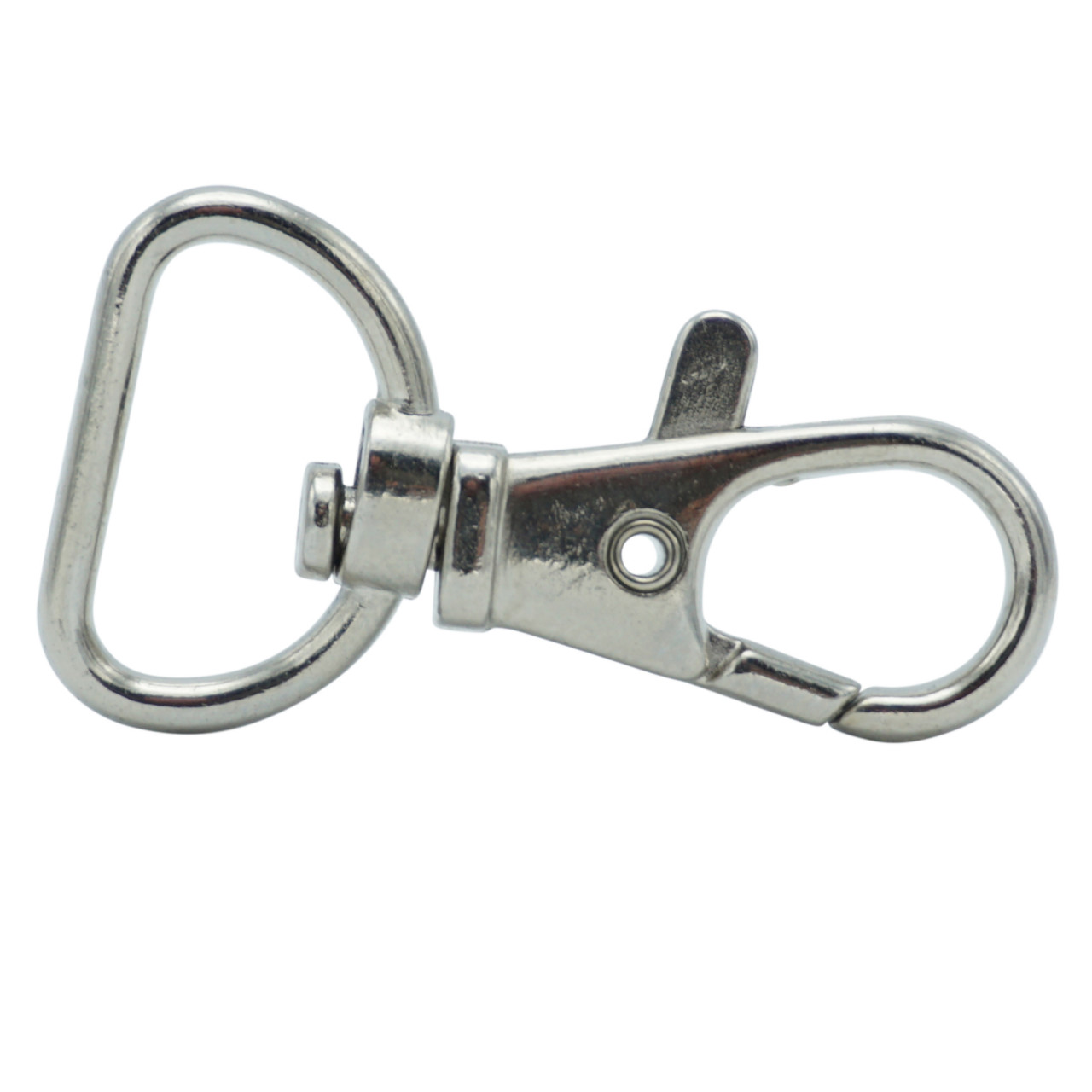

Kern_return_t IOServiceOpen(io_service_t service, task_t task, uint32_t type, io_connect_t *client) Io_service_t IOServiceGetMatchingService(mach_port_t master, CFDictionaryRef matching CF_RELEASES_ARGUMENT) Kern_return_t IOObjectRelease(io_object_t object) ĬFMutableDictionaryRef IOServiceMatching(const char *name) CF_RETURNS_RETAINED clang -o t t.c -Wall -O3 -framework CoreFoundation -framework IOKitĮxtern const mach_port_t kIOMasterPortDefault #pragma clang diagnostic ignored "-Wdeprecated-declarations" * It's deprecated, but there's no better alternative. * This prevents the screen saver, but doesn't wake from display sleep. IOPMAssertionDeclareUserActivity(CFSTR("Wine user input"), kIOPMUserActiveLocal, &assertion) The Kar98K proved robust, reliable, and quite accurate./* This wakes from display sleep, but doesn't affect the screen saver. They trimmed about 6 inches off the barrel to modernize the rifle. The Karabiner 98K was a slightly shorter model of the original Gewehr 98. The Mauser action became a legendary design for bolt action rifles and was widely licensed and copied around the world.
As you’d expect, plenty of Germany’s allies packed the KAR98K, as did numerous resistance forces standing up to Nazi tyranny. It also made its way to the Croatians and Chinese. This was the standard German infantry rifle. Related: The FN Evolys – Carving its spot in the machine gun world Mauser Karabiner 98KĪny fan of first-person shooters in the late 90s and early 2000s knows the Kar98K. While limited in firepower by its magazine-fed design, the weapon stayed in service well beyond WWII. The Danes couldn’t make up their mind if they wanted a short-recoil or long-recoil weapon, so they created a mixed-recoil weapon that used elements of both. While expensive, the weapon worked and was reliable in the field. The Madsen was a very WWI light machine gun with a top-loading magazine and man-portable design. The Walther P38 stayed in service for a very long time after World War II. It used a single stack eight-round magazine, and the Germans chambered the weapon in 9mm Parabellum. The P38 was the first locked-breech pistol to use a DA/SA action and featured a decocker to lower the hammer manually. The Walther P38 uses a unique system that incorporates a short recoil function with a hinged locking piece-assisted breechblock. Additionally, the pistol was used by Croatian forces to resist Nazi Germany.

The Walther P38 found its way into the hands of Hungarian troops, Finnish troops, and most German allies. The Walther P38 was the official sidearm of Nazi Germany and, surprising no one, it armed many of the Axis powers. The Russians used inspiration from the Suomi in producing the PPSH-41. It offered a lot of firepower to the individual soldier and bordered on being a squad support submachine gun. The Suomi KP/-31 was a straight blowback 9mm submachine gun that famously used a massive 71-round drum magazine. The Finnish did fight the Nazis during the Lapland War, however, and both forces likely wielded this SMG against each other. Although, they weren’t the only forces wielding the gun, as the Croatians and Danes also clung to the Suomi. It’s not a surprise the Nazis wielded the Suomi KP/-31 beside the Finns. The Finnish allied themselves with the Nazis in World War II, primarily to resist the Russian invasion. The Suomi KP/-31 often gets overshadowed by other WWII SMGs, but it’s one of the best of the war. Related: Why is the Glock 19 pistol the favorite of the world’s most elite forces? Options included stocks and even a machine pistol variant. The weapon came in all manner of calibers and was produced extensively under different contracts.
#KARABINER ELEMENTS SECURITY UPGRADE#
It’s not a surprise that Italy, Germany, China, Egypt, Iran, Iraq, Japan, and more carried the pistol into combat. Also, when war pops off, logistics are seemingly always behind, and many countries don’t upgrade their handguns very often anyway. It was an early successful semi-auto pistol, and it’s sometimes nicknamed the Broomhandle Mauser due to the round grip. The 96 in C96 stands for 1896, so by WWII, this gun was an old hat and had been around the world for a time or two. I’m ignoring captured weapons or partisan use and solely focusing on countries that adopted weapons and used them in the war.

Today I’ve gathered seven weapons that served on both sides of World War II. The Hi-Power gets all the fame, but it wasn’t the only gun sued by both sides. The famed Hi-Power is likely the flag bearer of a gun used by both sides. It’s famously remarked as a gun used by the British, Canadians, and even Americans in limited numbers and adopted by Nazi Germany when Belgium fell.


 0 kommentar(er)
0 kommentar(er)
